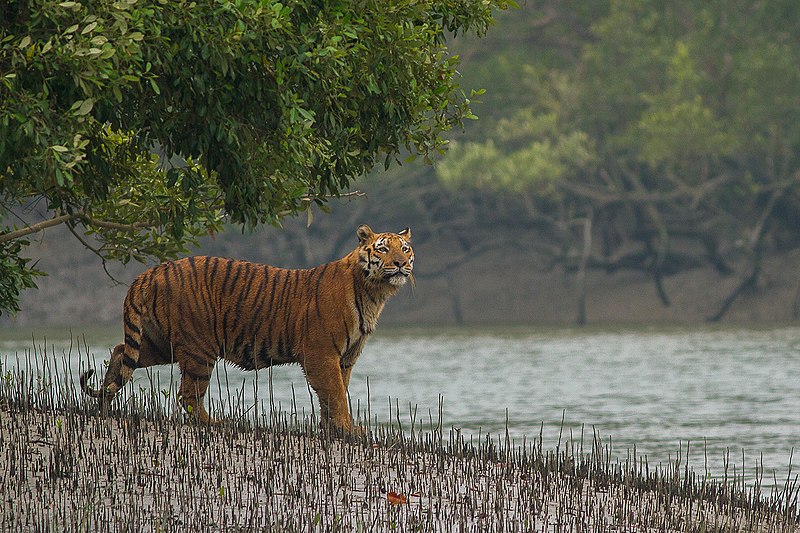A new research paper reveals insights that can boost mangrove reforestation efforts worldwide.
The authors are Mehebub Sahana, Gopala Areendran and Haroon Sajjad.
Abstract
Mangrove forests being the abode of diverse fauna and flora are vital for healthy coastal ecosystems. These forests act as a carbon sequester and protection shield against floods, storms, and cyclones.
The mangroves of the Sundarban Biosphere Reserve (SBR), being one of the most dynamic and productive ecosystems in the world are in constant degradation. Hence, habitat suitability assessment of mangrove species is of paramount significance for its restoration and ecological benefits.
The study aims to assess and prioritize restoration targets for 18 true mangrove species using 10 machine-learning algorithm-based habitat suitability models in the SBR. We identified the degraded mangrove areas between 1975 and 2020 by using Landsat images and field verification.
The reserve was divided into 5609 grids using 1 km gird size for understanding the nature of mangrove degradation and collection of species occurrence data. A total of 36 parameters covering physical, environmental, soil, water, bio-climatic and disturbance aspects were chosen for habitat suitability assessment.
Niche overlay function and grid-based habitat suitability classes were used to identify the species-based restoration prioritize grids. Habitat suitability analysis revealed that nearly half of the grids are highly suitable for mangrove habitat in the Reserve.
Restoration within highly suitable mangrove grids could be achieved in the areas covered with less than 75 percent mangroves and lesser anthropogenic disturbance. The study calls for devising effective management strategies for monitoring and conserving the degraded mangrove cover.
Monitoring and effective management strategies can help in maintaining and conserving the degraded mangrove cover. The model proves to be useful for assessing site suitability for restoring mangroves.
The other geographical regions interested in assessing habitat suitability and prioritizing the restoration of mangroves may find the methodology adopted in this study effective.
Photo of Bengal tiger at Sundarban Biosphere Reserve is by Soumyajit Nandy via Wikipedia.

